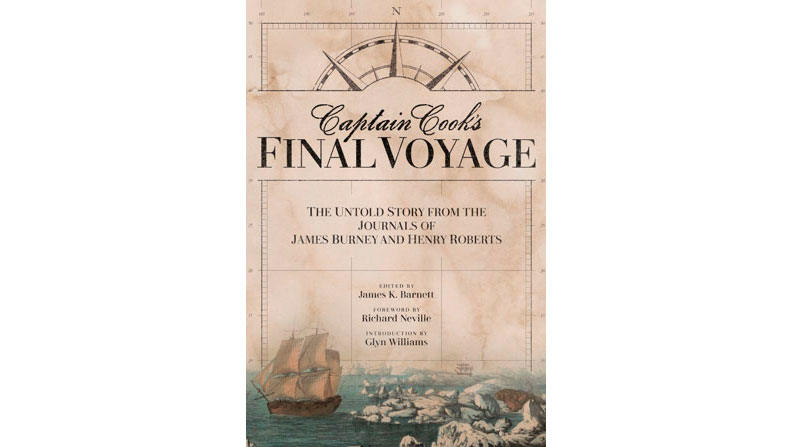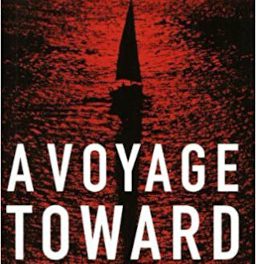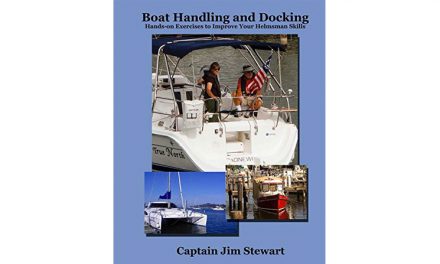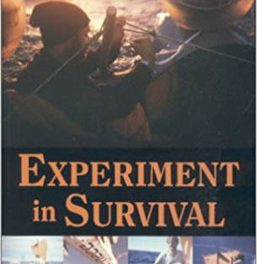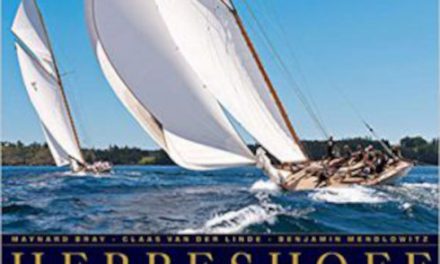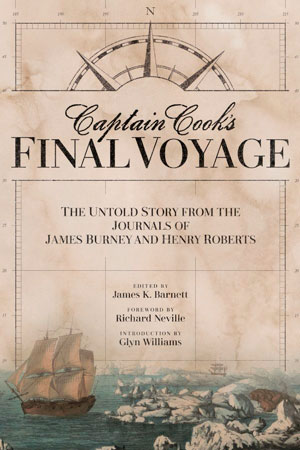
Captain James Cook was the preeminent navigator of his day. His three voyages of 250 years ago are classics of exploration and pilotage. Cook’s charts are still useful. Out of interest, I’ve used them in Polynesia myself and found them invaluable. The Admiralty sent the exhausted navigator on his third and final voyage in 1776. He was to search for the Northwest Passage and map the Pacific coast of North America. Cook’s wanderings took him to New Zealand and Hawaii, then to the Oregon Coast, Vancouver Island, also Alaska and the Bering Strait, where he identified Cook Inlet. He died at the hands of angry Hawaiians, the Discovery returning home after a voyage to Kamchatka and China.
Two young officers, Lieutenant James Burney and Master Mate Henry Roberts, who worked under the notorious Captain Bligh aboard the Resolution, kept journals that have languished in Australian archives. James Barnett has now edited them in a well-illustrated volume that includes charts, drawings and some of the superb images by John Webber, the expedition artist. Burney and Roberts kept their mouths shut about their journals, lest they be confiscated by the Admiralty. Their reticence is history’s gain. Sailors’ journals are rarely gripping reads, but these two diaries are full of rewarding detail about people and places, also about first contacts between natives and newcomers. There are telling details of discipline aboard ship, about the constant quest for fresh water, and rich hydrographic and cartographic detail that leave you in awe of the pilotage skills of both these two men, also Cook and Bligh. Roberts’s journal gives us an account of Cook’s death in Hawaii’s Kealakekua Bay, for he was but a short distance away, his view masked by smoke.
Barnett, who has a vast experience of Cook and his voyages, has written useful introductions, but wisely leaves the two young men to tell their stories. They are sometimes laconic and laden with navigational detail, but often eloquent back-and-forth accounts of daily events and dealings between local people and the expedition. Their stories may be footnotes to the larger narrative of Pacific history, but they are a treasure trove of historical detail that will be of immense value to scholars and fascinating for interested general readers. This is an important and timely addition to the narrative of Pacific exploration. Strongly recommended for reading ashore and on the high seas. Remember that Cook had no diesel engines, which makes the stories even more impressive.
Captain Cook’s Final Voyage: The Untold Story from the Journals of James Burney and Henry Roberts edited by James K. Barnett (Washington State University Press, 2017; 321 pages)

